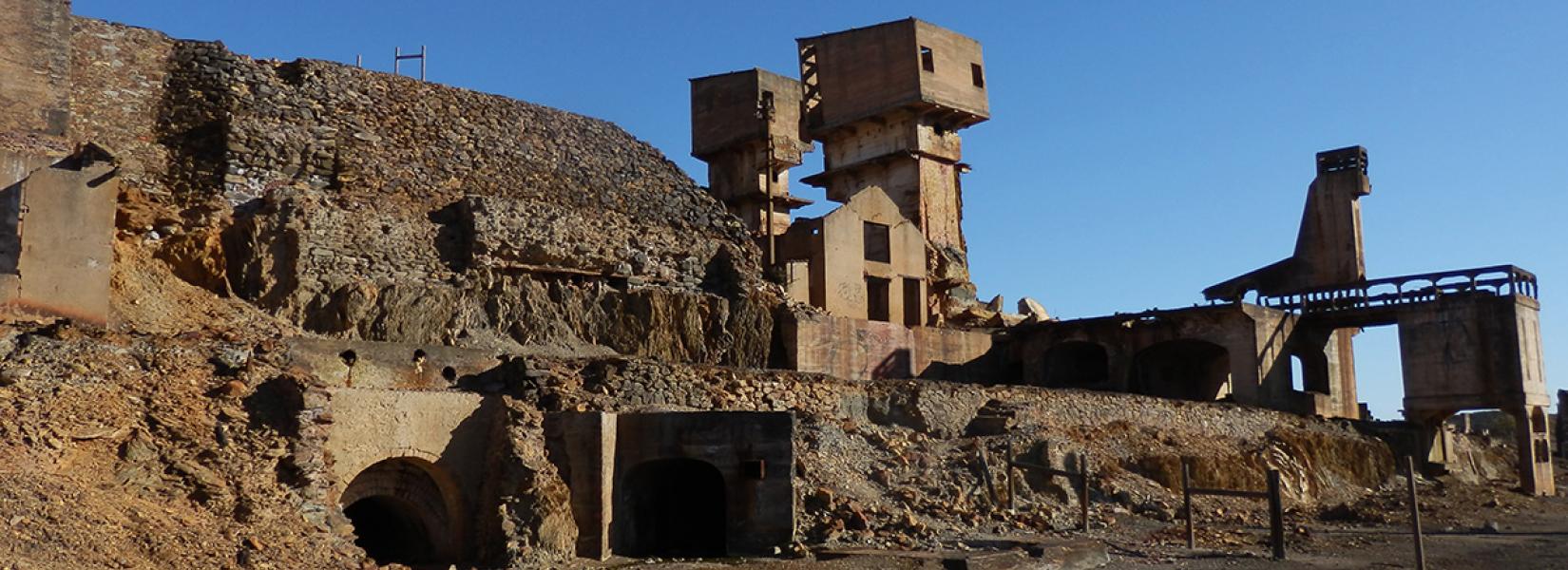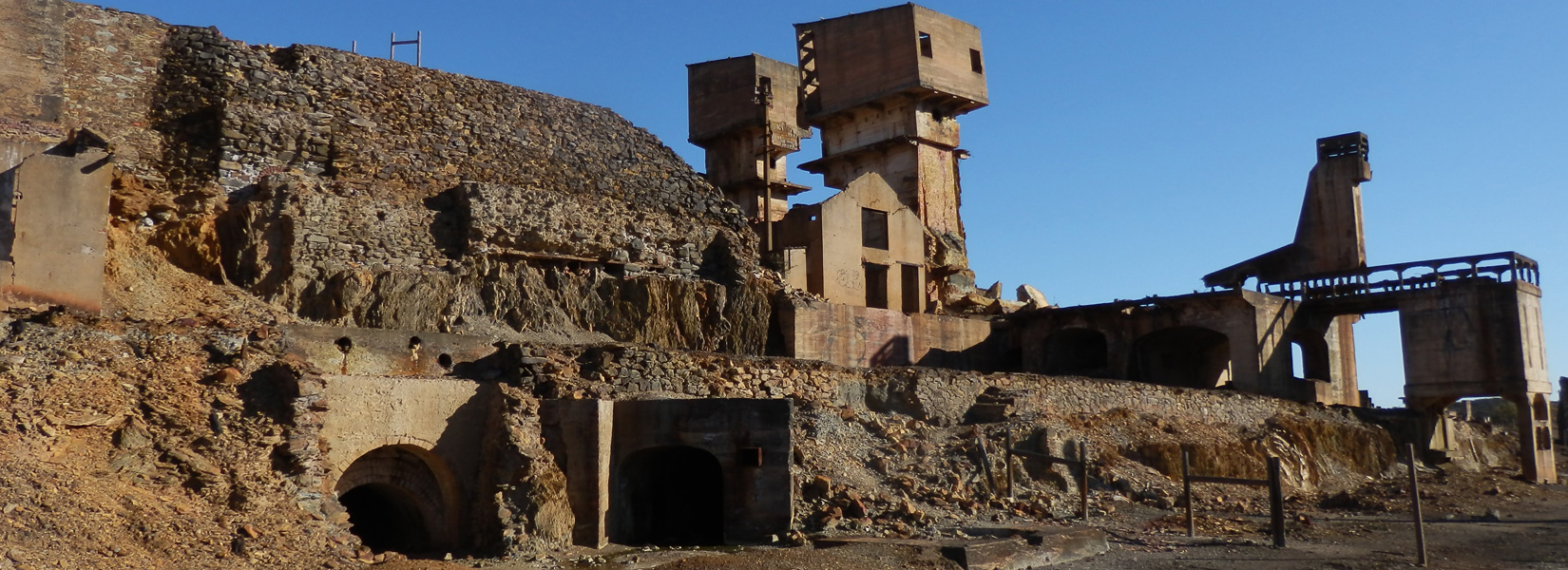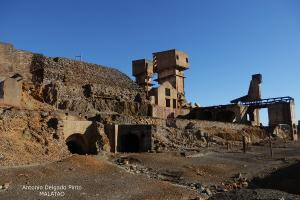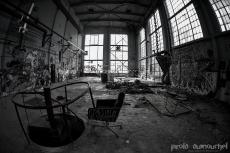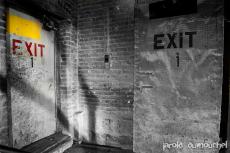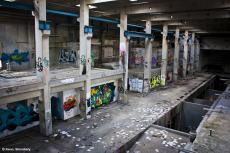Sold for $ 1 in 2004 in exchange of the promise to clean up the heavily polluted soil, the land of more than 3.5 million square feet has not found its commercial and residential purpose promised by March Group, the current owner. However, when...
The abandoned mine of Achada do Gamo
An abandoned open pit mine
Located in São Domingos (province of Alentejo) south of Lisbon, capital of Portugal, the mine of Achada do Gamo is an abandoned open pit mine. Located in the heart of the Iberian Pyrite Belt, which extends from southern Portugal to Spain, the region of the mine consists of the outcropping volcanic and sedimentary rocks that vary in age from 542 to 251 million years.
The history of mining in the area dates back over 4300 years when Phoenicians and Carthaginians already harvested copper during the Chalcolithic period (Copper Age).
It will nevertheless expect the ancient Romans who intensified the production of copper on a large scale. For nearly 400 years, they exploit a mine of copper and pyrite. At this time, the mines could reach a depth of over 40 meters.
The industrial revolution modernize extraction techniques and a British company called Barry Mason took control of the São Domingos mine. They create the Achada do Gamo mine around 1858 and it will continue its operation until 1966, when it closed due to ore depletion. With its intensive operations, and hundred years later at its closure, the open pit mine was a depth of 120 meters and a perimeter of approximately 2 km. It is calculated that all the periods of mining resulted in the production of 25 Mt, and mine waste material in the area is estimated at several hundred thousand tons. In this context, important environmental problems are associated, which are visible within an area around 50 km2.
Related content
This is the result of a combination of circumstances which led the Stanley Tools company to settle in the region rather than elsewhere in Canada. In 1858, a man known as Sem Dalpe decided to settle in Roxton Pond because there was a strong...
From the outside, there is no indication that the plant is abandoned. No window is doomed and there is no "for sale" sign. Even the structure of the building is still in very good condition. I myself had doubts when I heard about it for the first...
Normally on Easter Sunday one spends time his or her family, however on this particular Easter a friend and I decided to wake up early and do some Urban Exploration.
What is great about living in Germany is that there are several abandoned...

